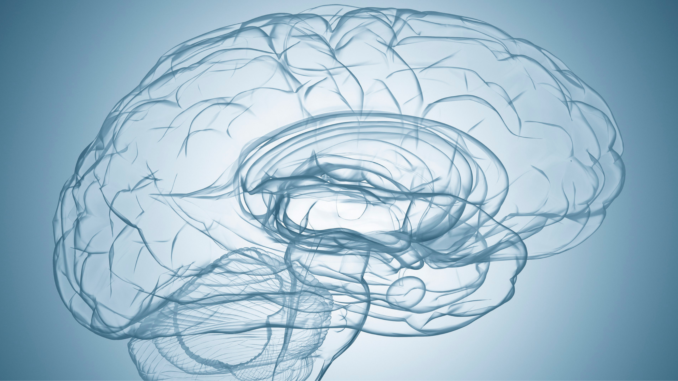
Ever forgotten where you put your car keys just 30 seconds after you put them down? Put a tea bag into a cup, added the water and walked away forgetting it entirely? Walked into a room and immediately thought “Why did I come in here?” These types of events are familiar to most people but they can be happening hundreds of times a day for adults with ADHD as the disorder is associated with poor working memory.
The results of poor working memory can be distressing. In some cases, the brain may store information in a jumbled way or quite commonly it may not store it at all. This is why it can be difficult to repeatedly lack the ability to do basic things like remember a short shopping list or to interrupt people because the important thought will disappear (although impulsivity also adds to this pressure).
So, what is working memory, and why is it so commonly associated with ADHD?
What is working memory?
Working memory is like a Post-it note for the brain. It is a type of short-term memory, which temporarily stores information that may need to be manipulated before it is stored more permanently. It is one of the three main types of ‘executive functions’, the mental skills we use every day to learn, work and manage day to day life. Executive function skills are often poor in adults with ADHD. Working memory is a mental skill that allows us to keep on doing what we were doing while the brain works with new information in the background. Examples of tasks that involve working memory include mental arithmetic, dealing with verbal directions for driving or remembering where you put something important such as your keys or purse.
The brain has specific structures and circuits which support working memory, including a brain structure known as the prefrontal cortex (PFC).
Part of the PFC is connected to many parts of the brain, allowing it to normally orchestrate thoughts and responses and to provide intelligent decision making, insight, and judgment. The PFC is therefore essential for normal executive function, including working memory.
Why is working memory often poor in ADHD?
When it is meant to be firing on all cylinders in a working memory task, an ADHD brain is instead idling away. Studies have shown that this structure, especially in the right hand side of the brain (in right-handed people), works differently in ADHD. The PFC is one of the brain regions responsible for ADHD-related issues including the core traits of inattentiveness and hyperactivity/impulsivity, as well as emotions and behaviour. Research has shown that the PFC and other areas of the brain are under-activated during working memory tasks in people with ADHD.

Tools that work for improving working memory in ADHD
Research has shown that working memory training using a system known as Cogmed improved verbal and visuospatial (the ability to imagine objects or spaces) working memory capacity in adults with ADHD for up to 6 months after training was finished. Psychoeducation and mindfulness exercises have also been shown to improve working memory performance. Psychoeducation is systematic, structured knowledge transfer about an illness/disorder. Mindfulness is the ability to be fully present in the moment, aware of what we are doing. Whilst difficult for some with ADHD, mindfulness has other ADHD-related benefits. Psychiatrist and author, Dr. Lidia Zylowska recommends shorter periods (5 or 10 minutes) for some people with ADHD and even incorporating mindfulness into pleasant activities like cooking or art.
So, if your working memory is poor, you are not alone. Adults with both combined subtype (inattentive and hyperactive/impulsive) and inattentive only subtype ADHD have working memory problems.
Author: James Brown PhD.
Editor: Alex Conner PhD.


Leave a Reply
You must be logged in to post a comment.